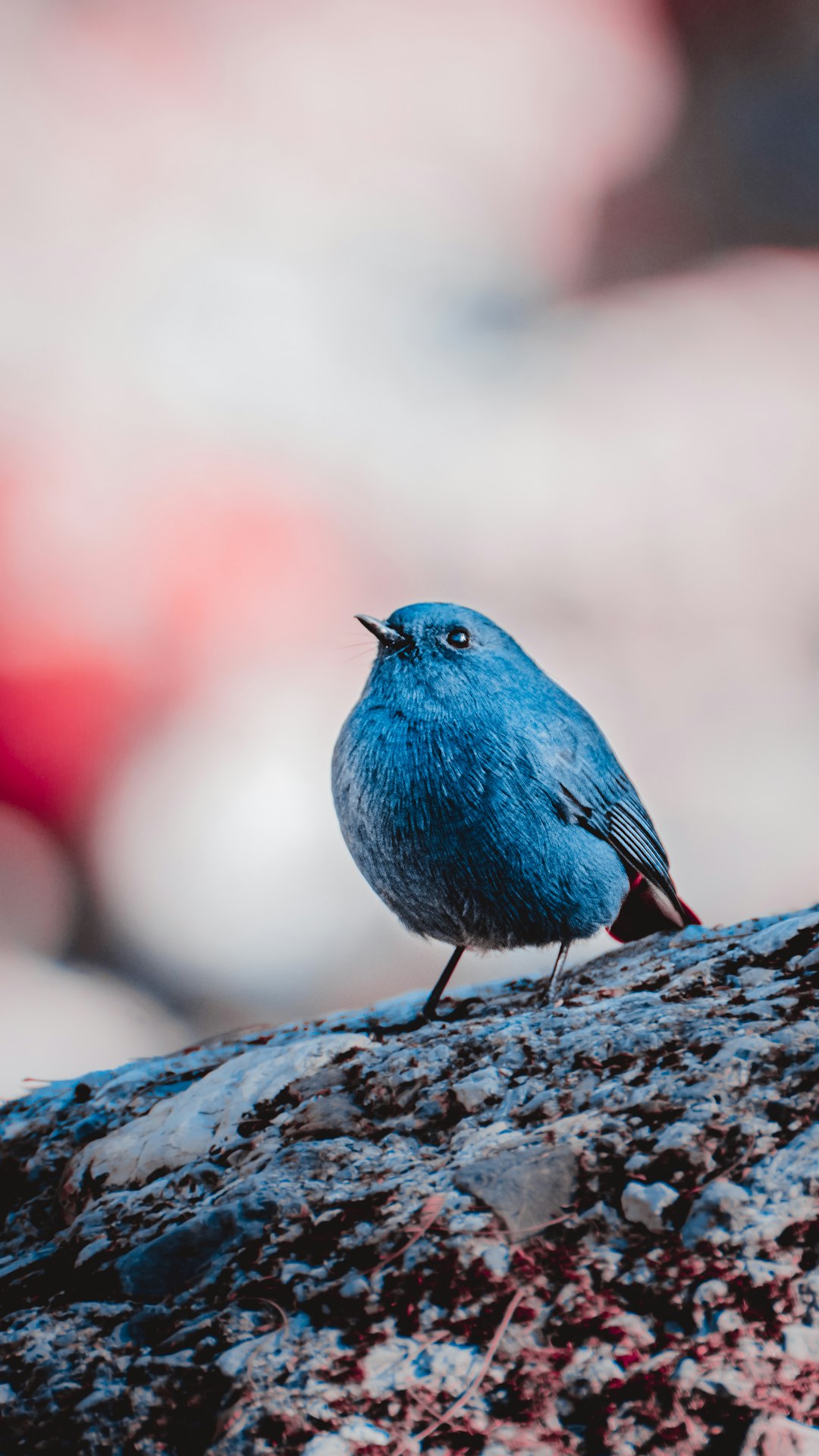Title: Unraveling the Secrets of Animal Communication: Beyond Words
Introduction:
Communication, an integral part of human interaction, is often associated with words. However, the animal kingdom possesses an extraordinary ability to convey messages, emotions, and complex information even without using language in the traditional sense. Unraveling the secrets of animal communication brings us closer to understanding the fascinating world of non-verbal communication, where nature employs a diverse array of signals, sounds, gestures, and scents to convey their intentions, emotions, and desires. In this blog post, we delve deeper into the captivating intricacies of animal communication, exploring the astonishing ways in which our fellow inhabitants of Earth communicate beyond words.
1. Vocalizations:
Animal vocalizations are renowned for their diversity. From the harmonious melodies of songbirds to the haunting roars of lions, these sounds serve a multitude of purposes. Some species use vocalizations for mating calls, establishing territory, or sounding alarm signals, whereas others create complex songs for communication. The ability of whales to communicate across vast oceanic distances by emitting low-frequency calls is particularly awe-inspiring. These vocalizations carry crucial information that shapes social structures and plays a vital role in survival.
2. Body Language:
While we may rely heavily on verbal communication, animals predominantly utilize body language to convey their intentions and emotions. The intricate movements and gestures serve as a universal language amongst living creatures. For example, a raised tail in a dog indicates excitement, while a tucked tail signifies fear or submission. Similarly, the flash of a peacock’s vibrant plumage reflects courtship and dominance, illustrating the power of non-verbal cues in animal kingdoms.
3. Chemical Signals:
Animals communicate via chemical signals, or pheromones, which are secreted by various species. These scent-based messages play a pivotal role in attracting mates, establishing territory, and signaling danger. Ants, for instance, leave pheromone trails to guide their fellow members to food sources, while a mother’s unique scent enables offspring recognition among mammals. Understanding these chemical messages adds a new dimension of comprehension to the intricate interactions within animal communities.
4. Visual Displays:
From the intricate dances of honeybees to the flamboyant courtship displays of birds-of-paradise, animals employ visual displays to communicate and establish dominance. These vibrant exhibits often involve elaborate movements, color changes, and physical postures. Moreover, shimmering iridescent patterns seen on butterfly wings and bird feathers, aptly known as “structural colors,” contribute to signaling, mating, and survival strategies. These captivating visual displays highlight the remarkable diversity of communication methods that exist beyond spoken words.
Conclusion:
Unraveling the secrets of animal communication reveals a complex and awe-inspiring world that extends beyond words. From vocalizations to body language, chemical signals, and visual displays, animals employ an impressive range of communication techniques to express their intentions, emotions, and desires. Understanding and appreciating these fascinating non-verbal forms of communication brings us closer to the natural world, promoting a harmonious coexistence with the diverse creatures we share this planet with. As we continue to explore and study animal communication, we unlock the door to a world filled with hidden intricacies and extraordinary methods of connection that surpass our human limits of verbal expression.

